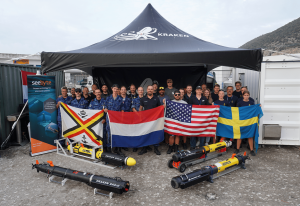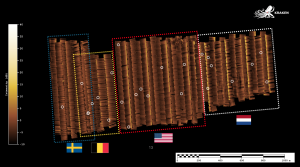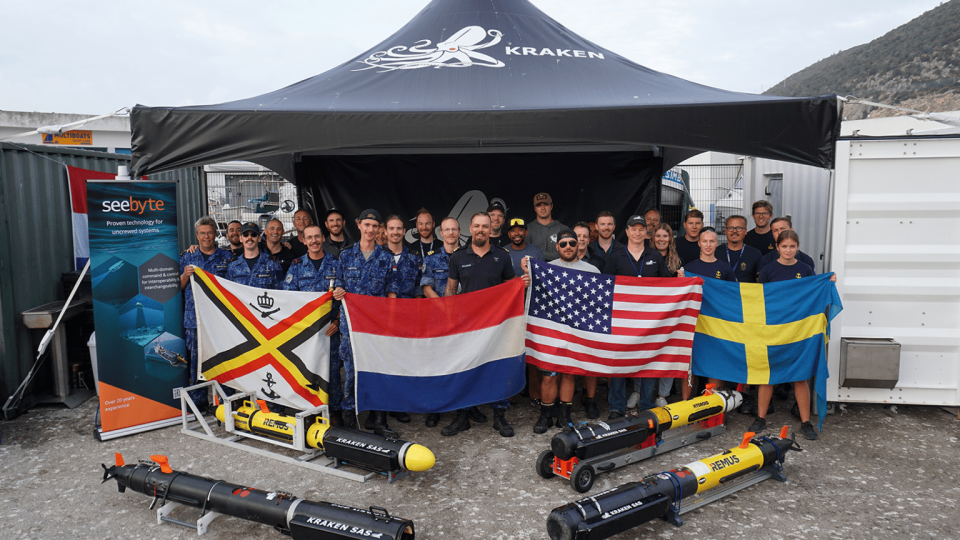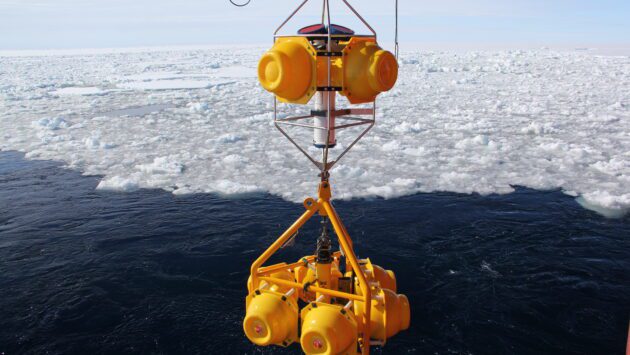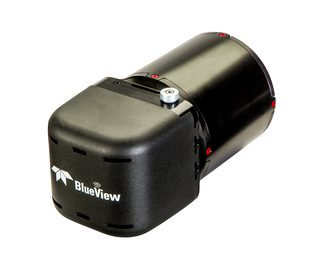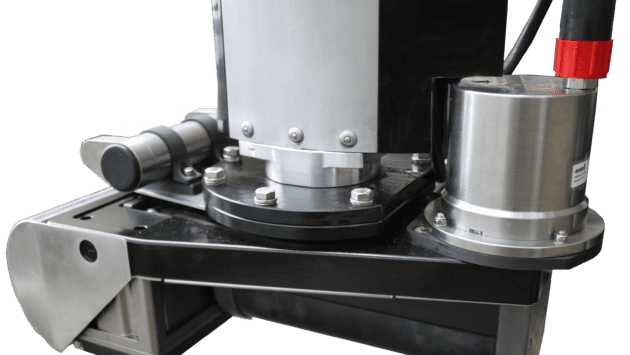Kraken’s MINSAS Demonstrates Capabilities at REPMUS 2024
Kraken Robotics Announces More than 50 Mine-Like Targets Found with MINSAS During Annual REPMUS Exercise
Kraken Robotics recently announced that their Miniature Synthetic Aperture Sonar (MINSAS) was demonstrated to five NATO navies at the Portuguese Navy annual Robotic Experimentation and Prototyping with Maritime Unmanned Systems (REPMUS) exercise.
Five Kraken MINISAS modules were integrated onsite into various American, Dutch, Swedish, Belgian, and Portuguese uncrewed underwater vehicles (UUVs) such as HII’s REMUS UUV. Throughout the exercises, the systems located over 50 mine-like targets, including reductant coverages.
“REPMUS has been an invaluable experience for our team at Kraken, providing the opportunity to work directly with end-user navies, demonstrate the capabilities of MINSAS, support the rapid processing of data from multiple missions, and get real-time feedback from users that we can integrate into our product roadmap,” said Greg Reid, President and CEO of Kraken Robotics. “Our team supported integration of SAS modules on several different UUV configurations including legacy REMUS systems that were more than 10 years old, [including] the U.S. Navy’s MK-18 Mod-1 [and] REMUS 100 NGR. This illustrates the versatility of our technology to be rapidly deployed and exchanged between both new and legacy platforms, providing a significant capability enhancement for mine countermeasure operations from UUVs.”
During the exercises, Kraken’s MINSAS was used for a wide range of tasks including area search and reacquire/identify. The systems real-time beamforming and georeferencing facilitated the rapid recovery of acquired data from payloads, enabling immediate post-mission analysis of data when the UUVs returned to shore using SeeByte’s SeeTrack C2 System.
The Kraken SAS was used in a multi-nation collaborative autonomy exercise to survey mine-like objects in a full ‘Find-Fix-Finish’ mission. Together, SeeByte’s SeeTrack and Neptune collaborative autonomy software and the U.S. Navy’s C2 and TAK (Team Awareness Kit), were used to successfully plan and execute the mission.
Overall, Synthetic Aperture Sonar (SAS) offers greater resolution and higher area coverage rates when compared with legacy Side Scan Sonar, and hence serves as an option for mine countermeasure (MCM) operations. The integration of Kraken’s MINISAS into REMUS UUVs increasingly provides opportunities to enhance the Mine Hunting and MCM capabilities for several NATO nations.
Read More:
